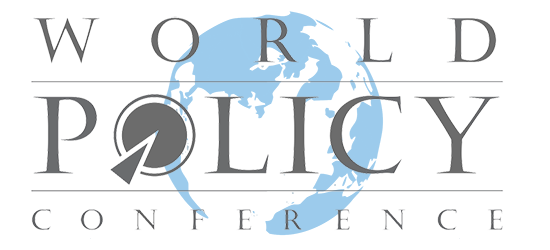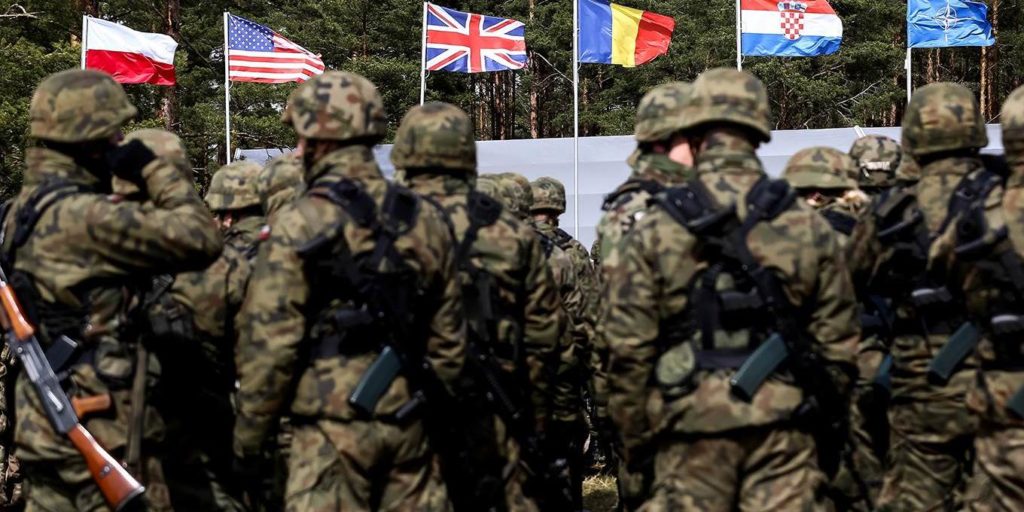July 6, 2018
Ana Palacio, Project Syndicate
The upcoming NATO summit does not have to be a high-drama, make-or-break moment for the transatlantic alliance, as some have presented it. It can instead be a constructive meeting that emphasizes strengthening the foundations for defense – even if Donald Trump refuses to cooperate.
At last year’s summit, US President Donald Trump’s hostile tone sent shockwaves through the transatlantic alliance. America’s allies had already known, of course, that Trump could be erratic and extreme, but they had expected his administration’s more seasoned members to keep him in check. That belief turned out to be misplaced, to say the least.
The blows to the transatlantic alliance have kept coming. Trump has unilaterally imposed tariffs on other NATO members, citing national security concerns, of all things. And, most notably, at last month’s G7 summit in Quebec, he showed unprecedented hostility toward America’s closest allies, launching personal attacks against Canadian Prime Minister Justin Trudeau and backing out of the final communiqué in response to a perceived slight.
In view of such actions, expectations for Trump’s behavior at the upcoming summit have gone from prickly to dangerous. The sense of foreboding has been heightened by the announcement that, just four days after the summit ends, Trump will meet with Russian President Vladimir Putin, in Helsinki. The nightmare scenario is easy to imagine: Trump lays bare NATO’s fractures, including by questioning mutual defense, before selling his allies down the river by publicly embracing Putin.
But this does not need to be the outcome. Rather than a high-drama, make-or-break moment for the entire transatlantic alliance, as some have presented the summit, it can instead be a constructive meeting – even if Trump refuses to cooperate.
The agenda for the summit should include planning for Brexit’s impact on the alliance and addressing the unraveling relationship with its most problematic member, Turkey, which has, among other things, undermined US policy in Syria. Participants should also consider how to combine NATO’s activities with the budding European security and defense system.
What the summit’s participants should not do is allow all the focus to be put on NATO members’ obligation to spend 2% of GDP on defense, even though it is true that countries must increase their defense expenditure further. Nor should they fixate on the mutual defense commitment contained in Article 5 of the NATO Charter, even though the principle that an attack on one NATO member is regarded as an attack against all is crucial to the alliance.
The problem with this approach was on stark display last year, when the stage was set for Trump to reaffirm his administration’s commitment to mutual defense. After all, Trump would be speaking at the dedication of a memorial to the September 11, 2001, terrorist attacks in the US – the only time Article 5 has been invoked. It was a moment manufactured to press Trump on the point.
But Trump did not take the bait. While he declared that the US would never “forsake the friends” that supported it after 9/11, he did not explicitly mention, let alone endorse, Article 5. Instead, he lashed out at his NATO partners yet again about their inadequate defense spending. Rather than showing the world that NATO remains strong and united, he exposed it as uncertain and divided. NATO cannot afford to make that mistake again.
The truth is that, as important as Article 5 and the 2%-of-GDP spending requirement are, NATO’s value and relevance extend far beyond these issues. Consider Articles 2 and 3 of the NATO Charter. They are rarely referenced, yet both are of paramount importance to fulfilling NATO’s purpose.
Article 2 encourages NATO members to collaborate economically and to bring “about a better understanding of the principles upon which” their free institutions are founded. More important, Article 3 calls upon members to work together to build and maintain a capacity for defense, thereby boosting resilience.
Whereas Article 5 has become a source of leverage for Trump to use to pressure his allies to spend more, while impressing his domestic supporters, Articles 2 and 3 are practical and direct. They focus not on visions of war, but on the building blocks of peace, including public education, improved institutional relations, and effective organization. These are the areas where NATO – especially its European members – has the most work to do.
In Europe, one rarely hears the word “defense” without “security.” This is no accident: pairing these ideas makes them more palatable for European publics that, traumatized by history, have long been lukewarm on defense. But, with a revanchist Russia to their east and chaos to the south, Europeans can no longer afford to live in denial. They must strengthen defense at the foundations, with Articles 2 and 3 as their guides.
Europe has long been given a free pass on defense, but the expiration date is approaching fast. At this moment of uncertainty, it can be tempting to focus on the high-stakes politics of Article 5. But what NATO really needs is not to grab more headlines, but to build its own resilience, methodically and even tediously, from the bottom up.


MADRID – Sixty-nine years ago, the foreign ministers of 12 countries in North America and Western Europe gathered in Washington, DC, to sign the North Atlantic Treaty, in which they “resolved to unite their efforts for collective defense and for the preservation of peace and security.” The organization that emerged, the North Atlantic Treaty Organization, has undergirded the longest period of sustained peace and prosperity in the West’s modern history. And yet, on July 11, NATO’s 29 members will begin what is likely to be the most fraught summit in the organization’s history.